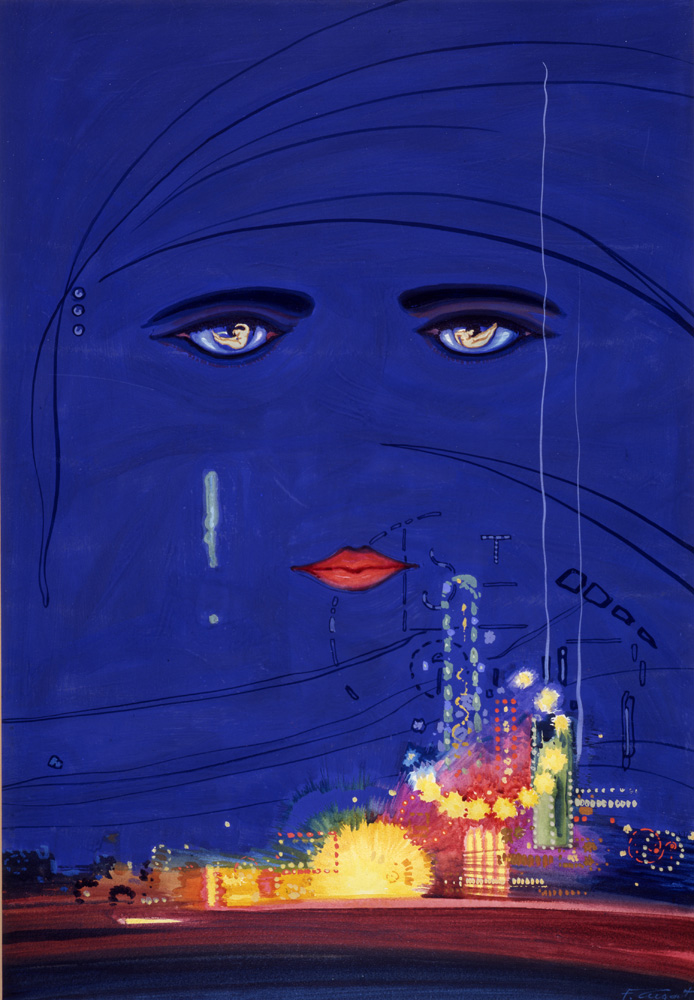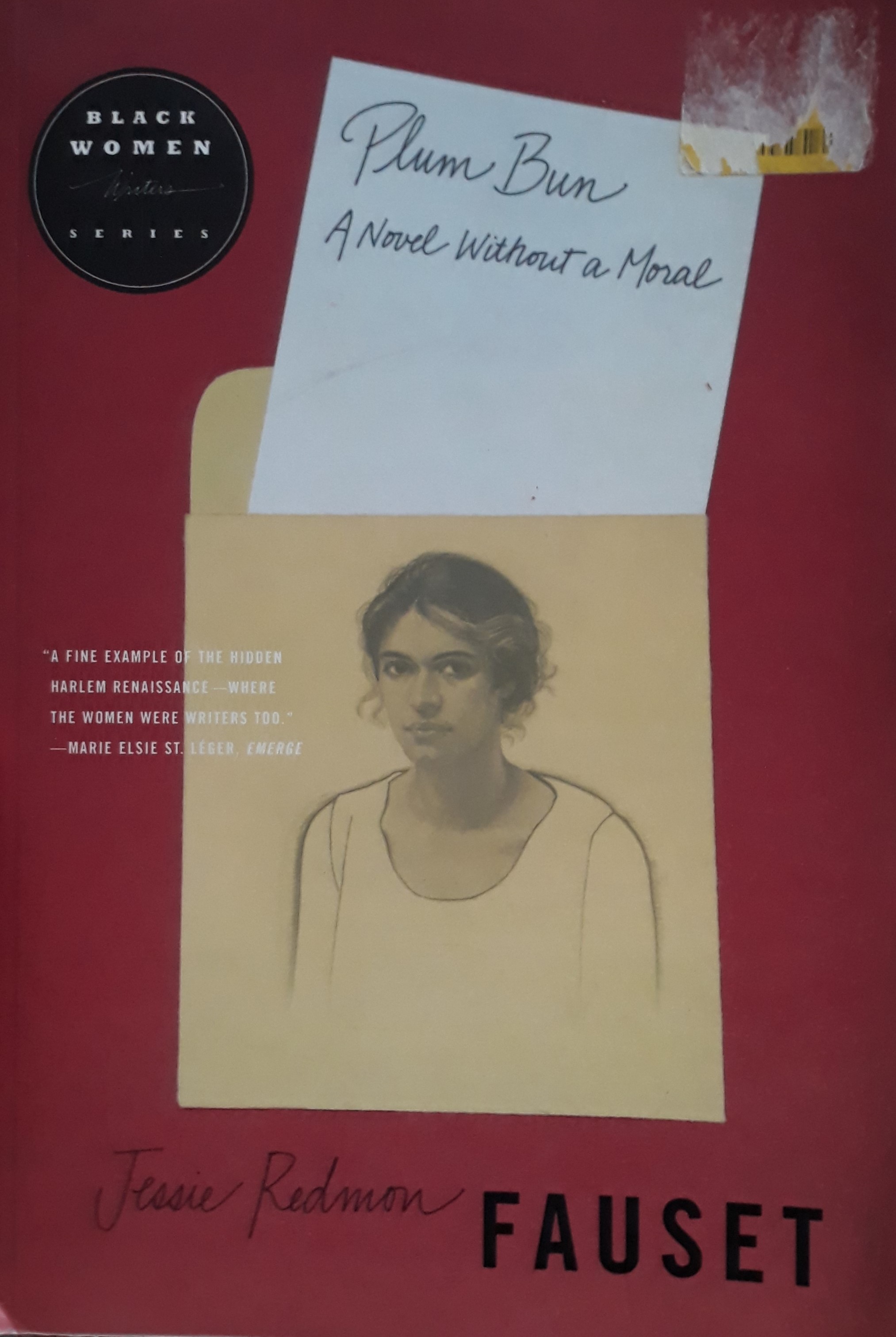New Year’s Eve
New Year’s Eve. Walked to see the fireworks. They never particularly excited me. Sure, they are pretty. But, having grown up in Greece, where the news always terrorised us with reports of firework accidents, I have developed an aversion to lighting them up.
Something was different this year.
After endless measurements and restrictions, the fireworks in the sky gave me hope. Colours were everyhere. And they were beautiful.
![]()
New Year’s Eve. Walked to see the fireworks. They never particularly excited me. Sure, they are pretty. But, having grown up in Greece, where the news always terrorised us with reports of firework accidents, I have developed an aversion to lighting them up.
Something was different this year.
After endless measurements and restrictions, the fireworks in the sky gave me hope. Colours were everyhere. And they were beautiful.
On the way back, the “great [U.S.] American novel” appeared out of nowhere. The eyes of the Great Gatsby (governmental eyes?) were there. If somehow you’ve escaped reading or watching The Great Gatsby, there is a billboard with Doctor T. J. Eckleburg’s bespectabled eyes hovering above the city, which seem to make the characters feel uncomfortable -to say the least- and that many have read as a symbol of the eyes of God. The first time I read Fitzgerald’s work was in French. It makes sense now. The book I read was Tender is the Night and it mostly takes place in the French Riviera. Jacques Tournier’s lively translation does justice to Fitzgerald’s bombastic language.
Cover of the Great Gatsby / Francisco Coradal-Cougat (a.k.a. Francis Cugat, painting from 1925). Image posted by Julie L. Mellby, Princeton University.
Later, I read Tender is the Night and The Great Gastby in English and watched both film adaptations. The 1974 film adaptation was aesthetically entrenched in the 1970’s, instead of the 1920’s, and the 2013 adaptation was closer to the book (minus the music).
As for the books, they both capture the stereotypical image we now have of the United States in the 1920’s: the glamourous meanderings of an upper class that does not know what is wrong with itself and the idea that anyone can climb the social ladder to reach that upper class —but at what cost and is it really anyone?—.
Coincidentally (or not —I place my books in chronological and then alphabetical order on my shelves) next to the Great Gatsby stands Plum Bun: A Novel Without a Moral by Jessie Redmon Fauset. This gives a completely different perspective of the U.S.A. at the time, as experienced by someone invloved in the Harlem Renaissance. The main character, Angela Murray, just like Jay Gatsby, tries to move in a circle that does not truly accept her for who she is, by hiding her ancestry. It reminds me of this: “I had thought her a mere social climber. I see now she’s a mountaineer.” ([44:48-44:52], Mrs Sedley, Vanity Fair).
Cover of Plum Bun: a novel without a moral. Portrait: Elise Johnson McDougald by Winold Reiss (c. 1924).
I’ve been thinking a lot about truth, The Truth, and so on... What is the truth and why does it matter? There are so many theories of truth: the correspondence and coherence theories of truth, truth as αλήθεια (alḗtheia), and as a Mandarin-speaking friend once told me: The only truth is death. O.K., perhaps too creepy, but he had a point.
I keep turning to truth as
αλήθεια. It comes from ἀληθής (alēthḗs) =
α + ληθής = not + escaping notice or not + being hidden, so an event or thing that cannot be
forgotten or hidden.
So, I think of it not exactly as something’s “uncovering”, but more as our own coming into a state of rememberance. Truth as action, I guess.
To come back to the novels, we need to listen to different voices. We need Fitzgerald’s glorification of wealth and the destruction it brings upon others as much as we need Fauset’s meticulous weaving of self-undoing. How are we to understand a time, may it be past or present, if we are not attuned to its different, parallel realities and experiences?
Readings:
Tendre est la nuit / Scott F. Fitzgerald, translated by Marguerite Chevalley, Livre de Poche, (2011), read in 2011
The Great Gatsby /
Scott F. Fitzgerald, Picador, (2013), read in 2013
Tender is the Night / Scott F. Fitzgerald, Penguin UK, (2014), read 12.2015
Plum Bun : A novel without a moral / Jessie Redmon Fauset, Beacon Press, (1990), read in 2019.
David, Marian, “The Correspondence Theory of Truth”, The Stanford Encyclopedia of Philosophy (Summer 2022 Edition), Edward N. Zalta (ed.), URL.
Glanzberg, Michael, "Truth", The Stanford Encyclopedia of Philosophy (Summer 2021 Edition), Edward N. Zalta (ed.), URL.
Movies:
The Great Gatsby / Directed by Jack Clayton; Screenplay by Francis Ford Coppola; Cinematography by Douglas Slocombe; et al.
(1974)
The Great Gatsby / Directed by Baz Luhrmann;
Screenplay by Baz Luhrmann; Craig Pearce; et al.
(2013)
Vanity Fair / Directed by Mira Nair; Cinematography by Declan Quinn; Screenplay by
Julian Fellowes, Matthew Faulk; Mark Skeet; et al. (2004)
Written January 2022, (heavily) edited February 2023.
Image: Afro Xylanthé


